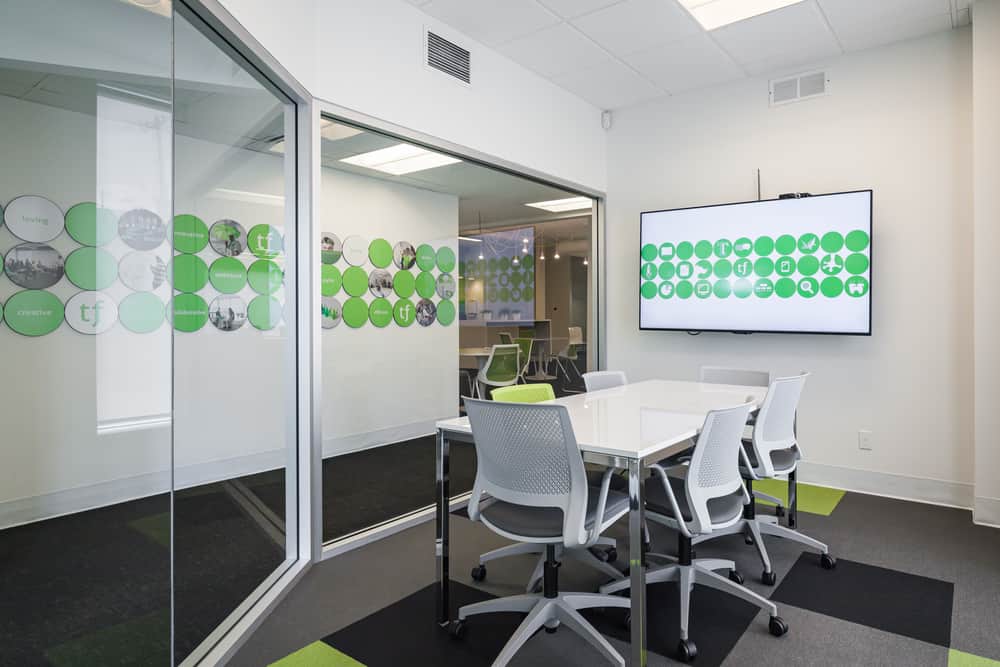The small office interior design crisis affects millions of Canadian businesses every day. Square footage costs in Toronto average $28 per square foot annually, while Vancouver reaches $35 per square foot, forcing companies to squeeze operations into increasingly cramped spaces. Local statistics show that 67% of small businesses operate in spaces under 500 square feet, yet productivity studies show that poorly designed compact offices reduce employee efficiency by up to 40%. The tragic irony is that most business owners believe smaller spaces automatically mean lower costs, but they create environments where workers struggle to focus, collaborate, and perform their best work.
Smart organizations understand that office interior design transforms limitations into advantages through strategic planning that maximizes every square inch. When professional commercial interior designer teams approach small space challenges correctly, businesses create environments where employees thrive rather than merely survive within constrained boundaries.
Problems Facing Small Workspaces Today
Small office environments create numerous challenges that directly impact employee productivity and business success. Studies indicate that 72% of workers in spaces under 100 square feet per person report feeling cramped and stressed throughout their workday. When office interior design fails to address space constraints properly, employees experience reduced cognitive performance, increased fatigue, and higher stress levels that compromise both individual and organizational effectiveness.
Poor air circulation becomes a critical issue in compact office interior design layouts where ventilation systems struggle to provide adequate fresh air exchange. Research demonstrates that carbon dioxide levels in small offices can exceed 1200 parts per million during peak occupancy, creating environments where employees feel drowsy and struggle to maintain concentration. Professional office interior designer teams understand these air quality challenges and specify solutions that support rather than compromise employee wellbeing.
Storage limitations in small workspaces create ongoing organizational challenges that affect daily operations and employee satisfaction. Workers spend an average of 21 minutes daily searching for misplaced documents and supplies in poorly organized small offices, representing significant productivity losses that compound over time. When businesses source office furniture without considering storage integration, they create cluttered environments that increase stress while reducing available working space.
Acoustic problems multiply in compact office interior design environments where sound reflections and lack of absorption materials create noisy, distracting conditions. Research shows that 58% of employees in small offices report difficulty concentrating due to noise issues, with conversation spillover and equipment sounds creating constant interruptions. Commercial interior designer expertise becomes essential for addressing these acoustic challenges through strategic material selection and layout planning.
Privacy concerns affect employee comfort and confidentiality in small office spaces where traditional private areas become impossible due to space constraints. Workers report feeling uncomfortable conducting sensitive conversations or focused work in environments where everything remains visible and audible to colleagues. Interior design services must balance openness with privacy needs through creative solutions that maximize space utility while protecting individual work requirements.
How Office Interior Design Makes a Difference in Space Optimization
Strategic office interior design transforms small spaces through systematic approaches that address multiple challenges simultaneously. Professional teams analyze workflow patterns, storage needs, and collaboration requirements to create layouts that support diverse business activities within limited square footage. When office interior designer expertise guides space planning decisions, businesses achieve functionality that exceeds what basic square footage measurements suggest possible.
Vertical space utilization represents one of the most effective strategies for maximizing small office interior design potential. Professional teams understand how to leverage wall and ceiling areas for storage, display, and functional purposes that free up valuable floor space for essential work activities. Design build approaches enable integrated solutions where vertical elements serve multiple purposes while maintaining aesthetic appeal and operational efficiency.
Multi functional furniture selection enables small offices to adapt throughout the day as different activities require varying space configurations. Ergonomic furniture with integrated storage, fold away surfaces, and modular components allows spaces to transform from individual work areas to meeting zones without requiring permanent architectural changes. When businesses source office furniture through knowledgeable commercial interior designer channels, they access products specifically designed for space optimization challenges.
Traffic flow optimization prevents bottlenecks and congestion that make small spaces feel even more cramped than necessary. Professional interior design services analyze movement patterns and position furniture to create clear pathways that support efficient circulation while maximizing usable work areas. These strategies ensure that limited space serves productive purposes rather than being consumed by inefficient layouts.
Technology integration planning ensures that small office interior design accommodates modern equipment requirements without consuming excessive space or creating visual clutter. Advanced planning coordinates power distribution, data connectivity, and equipment placement to maintain clean aesthetics while supporting technological needs. Canadian office furniture manufacturers increasingly offer integrated solutions that combine workspace functionality with technology support.
Natural light maximization makes small spaces feel larger while supporting employee wellbeing through strategic window treatment and artificial lighting coordination. Professional teams understand how lighting affects spatial perception and specify solutions that create openness while maintaining privacy and glare control. Interior designer expertise ensures lighting serves both functional and psychological needs in compact environments.
Specific Small Office Interior Design Methods to Maximize Space
Open Plan Layouts with Smart Zoning
Modern office interior design approaches small spaces through open layouts that create visual continuity while defining functional zones through furniture placement and design elements. Professional teams avoid physical barriers that consume space while using colour, lighting, and ergonomic furniture arrangement to create distinct areas for different activities. When commercial interior designer teams implement open zoning strategies, small offices feel more spacious while maintaining organizational efficiency.
Flexible zoning enables spaces to adapt throughout the day as different activities require varying configurations. Mobile partitions and modular office furniture design allow zones to expand or contract based on immediate needs without permanent space commitments. Design build coordination ensures infrastructure supports these flexible arrangements while maintaining professional aesthetics and operational functionality.
Vertical Storage Integration
Wall mounted storage systems maximize available height while freeing floor space for essential work activities. Professional office interior design teams specify vertical solutions that integrate with existing architecture while providing organized storage for documents, supplies, and equipment. When businesses source office furniture with vertical integration capabilities, they achieve storage density that traditional floor based solutions cannot match.
Ceiling mounted elements including storage tracks and suspended systems utilize overhead space that typically remains unused in small offices. These solutions require careful coordination with building systems but provide substantial storage capacity without consuming valuable floor areas. Canadian office furniture suppliers offer specialized vertical storage products designed for diverse ceiling heights and structural configurations.
Multi Purpose Furniture Solutions
Conference tables that convert to individual workstations provide meeting capabilities without dedicating permanent space to occasional activities. Ergonomic furniture systems with fold away components enable small offices to host meetings, presentations, and collaborative work within spaces primarily designed for individual activities. Professional interior design services coordinate these multi purpose elements to ensure smooth transitions between different space configurations.
Storage integrated workstations combine desk surfaces with filing, supply organization, and personal storage to maximize functionality within minimal footprints. Office furniture design innovations enable workers to access everything needed for daily activities without leaving their immediate workspace area. Interior designer specifications ensure these integrated solutions support productivity while maintaining ergonomic requirements.
Technology Enabled Efficiency
Smart storage systems with automated retrieval and organization capabilities maximize storage density while minimizing time spent searching for materials. Digital integration reduces physical storage requirements while maintaining access to necessary information and documents. Professional commercial interior designer teams coordinate technology solutions with physical space planning for comprehensive efficiency improvements.
Wireless technology reduces cable management requirements that typically consume space and create visual clutter in small office interior design installations. Advanced planning enables clean technology integration that supports modern work requirements without compromising space efficiency or aesthetic appeal.
Frequently Asked Questions (FAQ):
How do office interior designer teams determine optimal space utilization strategies for different types of small business operations?
Office interior designer teams analyze specific business workflows, employee demographics, and space usage patterns to determine optimal utilization strategies for different operations. They conduct detailed assessments of peak occupancy times, collaboration requirements, and storage needs to create customized solutions. Commercial interior designer professionals understand that legal firms require different space organization compared to creative agencies or consulting businesses. Interior design services coordinate these requirements with available square footage and architectural constraints to create layouts supporting specific business objectives while maximizing every available inch.
What advantages do Canadian office furniture manufacturers provide for small space solutions compared to standard furniture suppliers?
Canadian office furniture manufacturers offer specialized products designed specifically for small space challenges including modular systems with integrated storage and multi functional capabilities. Professional teams who source office furniture through these suppliers gain access to space saving solutions like vertical storage systems and convertible workstations unavailable through standard channels. These manufacturers understand Canadian building codes and space constraints while providing products that maximize functionality within minimal footprints. Design build partnerships with Canadian suppliers enable coordinated planning where furniture specifications support space optimization objectives from project inception while meeting local requirements and standards.
How does ergonomic furniture integration improve small office functionality beyond basic space saving?
Ergonomic furniture integration improves small office functionality through adjustable components that enable multiple users to share spaces comfortably throughout changing work patterns. Professional teams specify ergonomic solutions with height adjustment, modular storage, and flexible positioning that maximize space utility while supporting employee health and productivity. Commercial interior designer coordination ensures ergonomic furniture placement supports workflow efficiency while maintaining proper posture and comfort in compact environments. Interior design services that prioritize ergonomic integration create small offices where space constraints enhance rather than compromise employee wellbeing through thoughtful furniture selection and strategic positioning that serves multiple functions simultaneously.
Key Takeaways
- Research indicates that 67% of Canadian small businesses operate in spaces under 500 square feet, yet poor office interior design reduces productivity by up to 40%
- Professional office interior designer teams maximize small spaces through vertical storage integration and multi functional ergonomic furniture solutions
- Strategic office interior design transforms space limitations through open layouts with smart zoning that creates visual continuity while defining functional areas
- Commercial interior designer expertise addresses small space challenges including air circulation, acoustic control, and privacy requirements through integrated planning approaches
- Design build coordination enables flexible furniture systems and technology integration that supports changing space requirements throughout the workday
- Canadian office furniture manufacturers offer specialized products for small spaces including vertical storage systems and multi purpose workstation solutions
- Interior design services that analyze workflow patterns and storage needs create layouts supporting diverse business activities within limited square footage
- Professional teams who source office furniture through knowledgeable channels access products specifically designed for space optimization and ergonomic requirements
- Smart zoning strategies use colour, lighting, and furniture arrangement to define distinct activity areas without physical barriers that consume valuable floor space
- Technology integration planning ensures small office interior design accommodates modern equipment requirements while maintaining clean aesthetics and operational efficiency
The most successful small office interior design projects recognize that space constraints represent opportunities for innovation rather than limitations on functionality. Professional corporate interior designer teams who understand both space optimization principles and human workplace needs create environments that enhance rather than hinder business operations. When companies invest in comprehensive interior design services and source office furniture through experienced design build partnerships, they achieve competitive advantages through improved space utilization, enhanced employee satisfaction, and operational efficiency that supports long term growth while maximizing every valuable square foot of their workspace investment.

